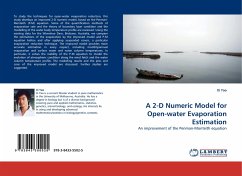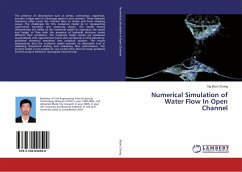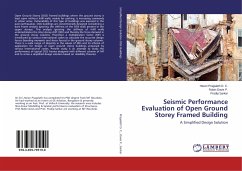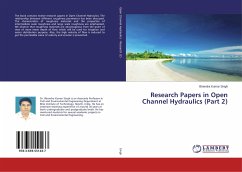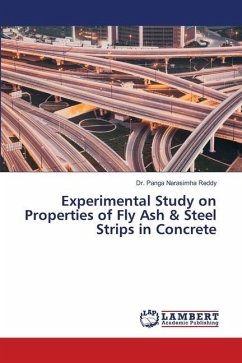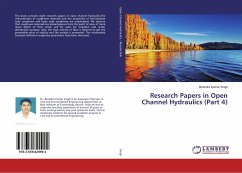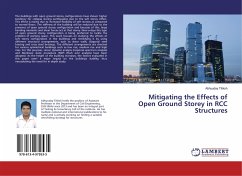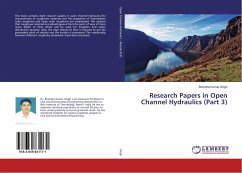To study the techniques for open-water evaporation reduction, this study develops an improved 2-D numeric model, based on the Penman-Monteith (P-M) equation. Some of the quantification methods of evaporation rate and the theory of boundary layer condition and the modelling of the water body temperature profile are reviewed. Using the existing data for the Wivenhoe Dam, Brisbane, Australia, we compare the estimations of the evaporation by the improved model and P-M equation before and after applying suspended covers, a particular evaporation reduction technique. The improved model provides more accurate estimation in every respect, including monthly/annual evaporation and surface water and water column temperatures. In particular, it solves the inability of the P-M equation to model the evolution of atmospheric condition along the wind fetch and the water column temperature profile. The modelling results and the pros and cons of the improved model are discussed. Further studies are suggested.
Bitte wählen Sie Ihr Anliegen aus.
Rechnungen
Retourenschein anfordern
Bestellstatus
Storno

